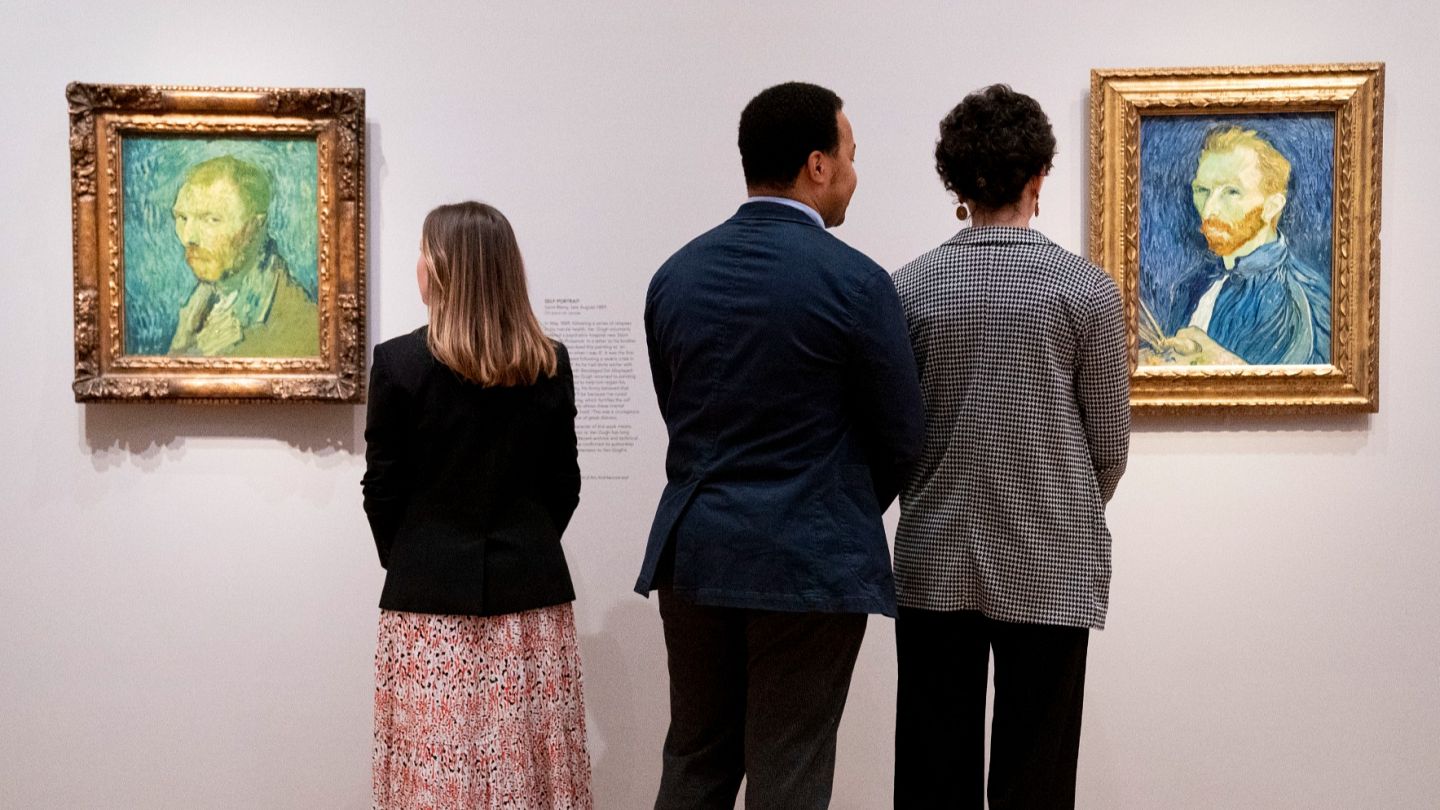
Looking at original works of art could boost our health by lowering stress and curbing inflammation, a small new study has found.
People who viewed masterpieces by the likes of Manet and van Gogh in a gallery saw immediate benefits to their immune, hormone, and autonomic nervous systems, according to the first-of-its-kind study, which adds to a growing body of evidence about how art affects our wellbeing.
The findings offer “compelling evidence that viewing art in a gallery is ‘good for you’ and helps to further our understanding of its fundamental benefits,” Tony Woods, the study’s senior author and a researcher at King’s College London, said in a statement.
“In essence, art doesn’t just move us emotionally – it calms the body too,” he added.
For the experiment, 50 healthy adults aged 18 to 40 were split into two groups. Half viewed original masterpieces in a London gallery, and half looked at copies of the paintings in a laboratory.
The participants wore medical-grade sensors that measured their heart rates, heart rate variability, and skin temperature during the roughly 20-minute sessions. Researchers also used saliva samples to measure their levels of cytokines, which are small proteins that help control inflammation, and cortisol, which is a key stress hormone.
Cortisol levels fell by an average of 22 per cent among people who went to the gallery, compared to 8 per cent for the group who looked at copies in a lab.
Meanwhile, levels of the cytokines IL-6 and TNF-α fell by 30 per cent and 28 per cent, respectively, among those who viewed original art.
Notably, stress hormones and inflammatory markers are linked to health issues such as heart disease, diabetes, anxiety, and depression.
“The fact that viewing original art lowered these markers suggests that cultural experiences may play a real role in protecting both mind and body,” Woods said.
The gallery attendees also had more variation in their heartbeats and dips in their skin temperature, which suggests they were emotionally stimulated by the artwork, the study found.
Those who viewed copies of the paintings in a lab setting did not reap these benefits.
The five paintings the participants viewed were “Jane Avril in the Entrance to the Moulin Rouge, Putting on her Gloves” by Henri de Toulouse-Lautrec, “A Bar at the Folies-Bergere” and “Banks of the Seine at Argenteuil” by Édouard Manet, “Self-Portrait with Bandaged Ear” by Vincent van Gogh, and “Te Rerioa (The Dream)” by Paul Gauguin.
The study, which hasn’t yet been peer-reviewed, was funded by the Psychiatry Research Trust and the Art Fund, a British art charity.
The Art Fund said it hopes the findings will encourage more people to visit their local museums and galleries.
Jenny Waldman, the organisation’s director, noted that people in the study reacted to the original artwork regardless of their personality traits or emotional intelligence, which the researchers had measured through surveys.
“What’s particularly exciting is that the findings show these benefits are universal – they can be experienced by anyone,” Waldman said.